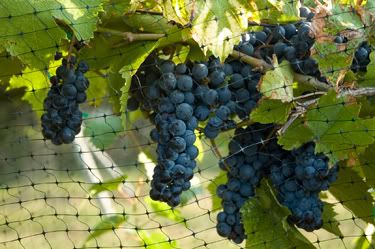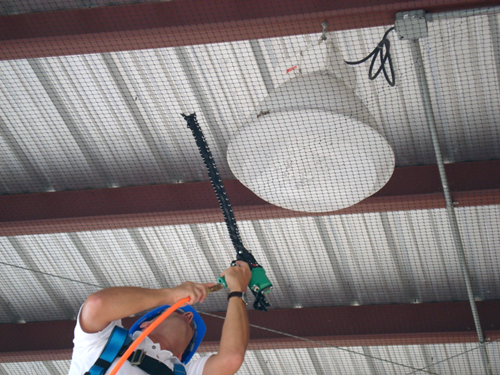
Your garden will be flourishing soon. All those fruits and vegetables that you’ve been nurturing for months will finally be bearing the benefits of your hard work. Unless, of course, you failed to implement an effective bird control strategy. In that event, your efforts may prove to be in vain. For surely as the sun rises, birds will feed off your ripening fruits and veggies this spring.
Adding insult to injury, pest birds will also cover your garden with droppings, which are not only unsightly but can carry any of 60 infectious diseases. Instead of a garden richly scented with ripening fruit, you’ll have a smelly garden covered with bird droppings.
What to do? Most people who nurture gardens are reluctant to use lethal means to get rid of birds. Many will use water hoses to “shoo” them away. Others will rattle pots, pans and noise makers. But these measures have proven largely ineffective in the long run. Birds simply return minutes after you go indoors. The only real solution is to implement professionally recommended bird control measures. Among the most effective for gardens is Garden Bird Netting.
Lightweight and easy to handle, Garden Bird Netting will deny birds access to your fruits and vegetables. Ideal for fruit trees as well as garden plants, this netting will protect your blueberry bushes, grape vines and other plants from being attacked. It's sold in 14 x 100-foot and 14 x 200-foot rolls, and you can easily cut it down to the size to need to protect specific plants or areas. It’s also available in three different "mesh" sizes--1/4" mesh, 1/2" mesh and 3/4" mesh to protect your garden from a wide variety of pest birds. The netting is easy to install, and bird netting clips are available that make for effortless installation. The best Garden Bird Netting is made from a durable, UV-protected polypropylene. This netting is strong, light and virtually invisible.
Garden Bird Netting is also highly recommended to prevent birds from nesting. Birds who are in the process of nesting can be very territorial. They will return to previously established nesting sites and protect them. Bird netting places your garden off limits so birds simply move on. You can install Garden Bird Netting temporarily if you have seasonal problem with birds, or you can install the netting permanently for year round protection.
Working effectively with Garden Bird Netting to achieve bird control are Visual Bird Deterrents. These include reflective foil and banner tape strung up on nearby trees, posts or fencing. By rattling in the breeze and reflecting sunlight, they create a distraction zone around your garden. Tear-drop shaped Bird Scare Diverters and Bird Scare Balloons accomplish the same result with their large, intimidating predator eyes bobbing in the wind. Visual distractors like these need simply to be moved around every so often to convince birds that they are an on-going threat.









